Suffice it to say that the Dallas Cowboys haven’t had a game-changing fullback since Daryl Johnston. Hunter Luepke is hoping to change that. Whether or not he actually gets a chance to do so remains to be seen.
Since Johnston’s retirement in 1999, Dallas has had seven different players try to fill the role of fullback. None of them really succeeded. Luepke — an undrafted free agent out of North Dakota State in 2023 — is that seventh man.
He’d be happy to have a potential eighth candidate have to wait for a few more seasons for their turn.
At this point, I’ll insert a disclaimer. I’m a huge North Dakota State fan. Have been for almost as long as I’ve been a Cowboys fan for that matter.

So I watched Luepke as he played for the Bison.
When he signed with Dallas I was thrilled.
When I heard Mike McCarthy say that he wanted Luepke to fill the John Kuhn role in the Cowboys’ offense, I was ecstatic. Like McCarthy, I saw a lot of Kuhn when I watched Luepke play up in Fargo. The second coming of Johnston seemed certain.
The 2023 season didn’t quite play out that way, but it’s still way too early to bail on Luepke just yet.
In The Shadow Of Moose
Johnston came out of the gate strong in his rookie season. He maintained that level for most of his career thanks to the team that Jimmy Johnson built in the early 1990s.
In his 1989 rookie year, Johnston — nicknamed “The Moose” — had 67 carries for 212 yards. He added 16 catches for 133 yards and three touchdowns.
Over his 11-year career, Johnston had 232 carries for 753 yards and eight touchdowns. He caught 294 passes for 2,227 yards and 14 touchdowns.
And then there was the pass protection for Troy Aikman. Not to mention the run blocking that powered Emmitt Smith to the NFL record for rushing yards. And three of those Lombardi trophies sitting on display at The Star might not be there without Johnston’s play.
So to try and compare Luepke to the Moose, is a little unfair.
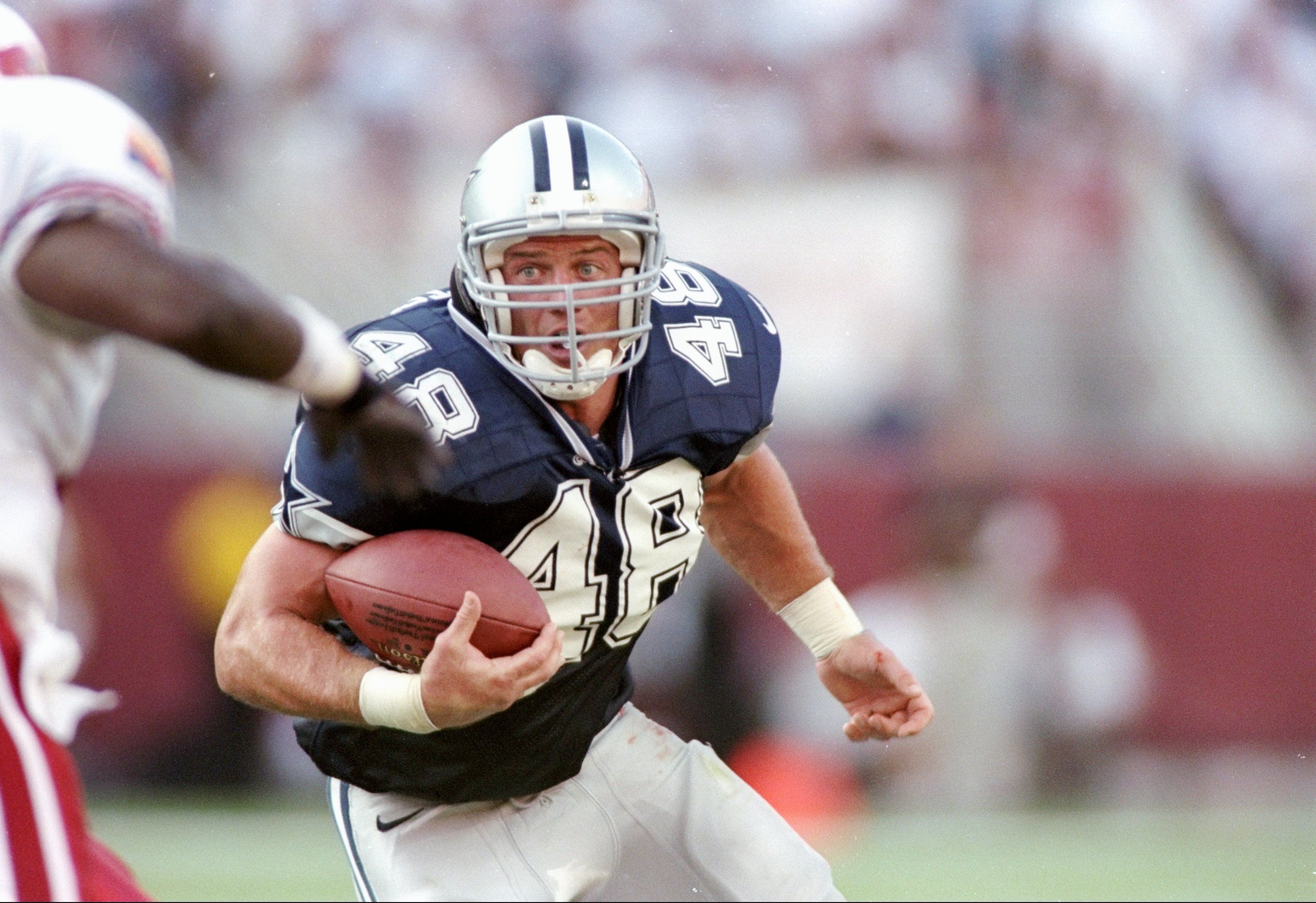
The comparisons between the early campaigns of Luepke and Kuhn are much closer. Also a little more fair since they have the same head coach — McCarthy.
Kuhn’s rookie year in 2006 was played as a member of the Pittsburgh Steelers. He played in nine games, had two carries for 18 yards, and caught one pass for 15 yards. He went to the Packers in 2007 and his next three seasons were a little better, but not by much.
The 2010 season, however, was his breakout year.
Kuhn would play 16 games that season. He finished with 281 yards and four rushing touchdowns on 84 carries. He also added 97 yards and two more scores on 15 receptions.
Kuhn was a vital piece of the Packers’ attack from that season on.
In 11 NFL seasons, Kuhn would finish with 658 yards and 19 touchdowns on the ground. He had 98 catches for 642 yards and nine touchdowns in the passing attack.
His value in run blocking and pass protection, much like Johnston’s, was not to be overlooked.
A Storied History Of Fullbacks In Dallas
The Cowboys have enjoyed a wealth of players at fullback over the franchise’s history. Some have played both fullback and halfback. By yardage, the greatest fullback in team history is Don Perkins.
Cursed to play for Dallas during the Cowboys’ growing pains of the 1960s, Perkins still managed to put up solid numbers.
He hasn’t played since the end of the 1968 season, but 55 seasons later, he remains fourth in franchise history in rushing yards at 6,217.

Only Smith, Tony Dorsett, and Ezekiel Elliott rank ahead of him.
Other fullbacks of note are Robert Newhouse, versatile enough to play both half and full-back positions; Walt Garrison, Ron Springs, and even Preston Pearson.
Hunter Luepke’s Quiet Rookie Campaign
Luepke’s rookie numbers are slightly better than Kuhn’s, but they are still far behind Johnston’s.
In 2023, Luepke finished with just 19 yards in six carries with one touchdown run, against the Patriots. He added three receptions for 18 yards.
Mostly he was used for blocking, and he spent a lot of time on special teams too.
He showed some early flashes in the season with a nine-yard run and a 12-yard reception in the loss to the Cardinals. He had two carries for four yards the following week against New England. His three-yard run for a score late in the blowout victory is probably his best highlight.
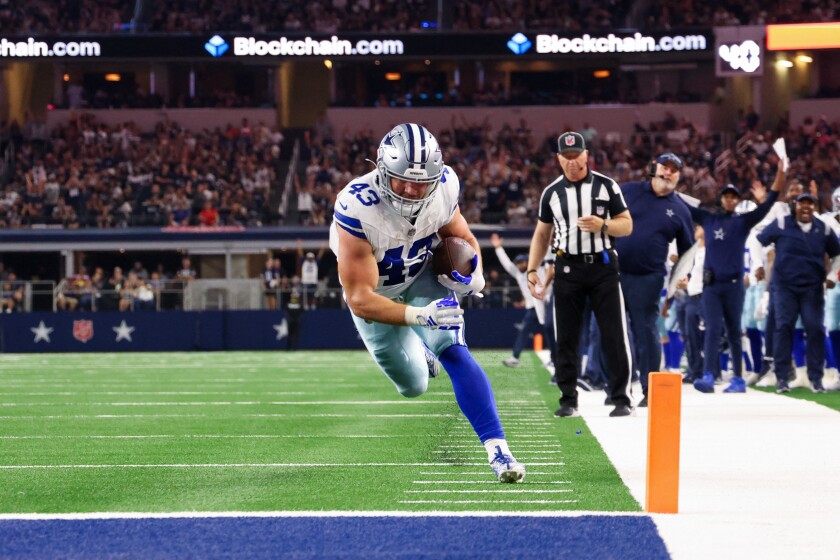
He mostly disappeared from the offense over the next 10 games, though. He caught a pass for minus two yards against the Rams, had one target the next week against the Eagles, and a three-yard run six weeks later against the Bills.
Then came the Miami game.
The Miami Miscue
On the Cowboys’ opening drive, he had two runs for three yards and caught an eight-yard pass.
On first and goal at the Dolphins’ one, disaster struck.
Dak Prescott was officially credited with the fumble, but in reality, both he and Luepke should have shared credit. It is clear Prescott thought he was handing the ball off. It is also clear, judging by Luepke’s arms tightly folded against his chest, that he was expecting a play-action pass.

The Cowboys hadn’t handed the ball to Luepke on the goal line at all up to that point, and a play-action pass was the usual call by McCarthy in that situation.
So, did Prescott make it clear it was a straight handoff?
Did Luepke misunderstand the call and make a rookie mistake?
Since no one has asked, or in my case, hasn’t gotten an answer to my questions above from the folks at The Star, we may never know. The fact remains that it was a critical error and Dallas lost the game.
While Hunter Luepke still hit the field in the final two regular season games, as well as the playoff loss to Green Bay, he never touched the ball again after that turnover.
Luepke’s Road Ahead
Scanning the wires this summer, one doesn’t find much in the way of news on Hunter Luepke’s future in Dallas. At best, you’ll find speculation from writers like me.
People who aren’t in the coaches’ rooms, or the locker room, and have no access to the thinking in Frisco.
The task for Luepke, however, seems apparent: Put that miscue behind him in camp and prove his value as a fullback, in blocking and ball carrying.

The good news is that the running back room is very weak in Dallas. His value as a short-yardage back can’t be overstated, especially if the Great Elliott Rerun experiment comes up short.
For now, Hunter Luepke needs to make it past the final cuts of the upcoming training camp and preseason games.
If he does that, he might just be able to forge a path much like Kuhn did under McCarthy up in Green Bay, and maybe step out of the shadow of The Moose while he’s at it.
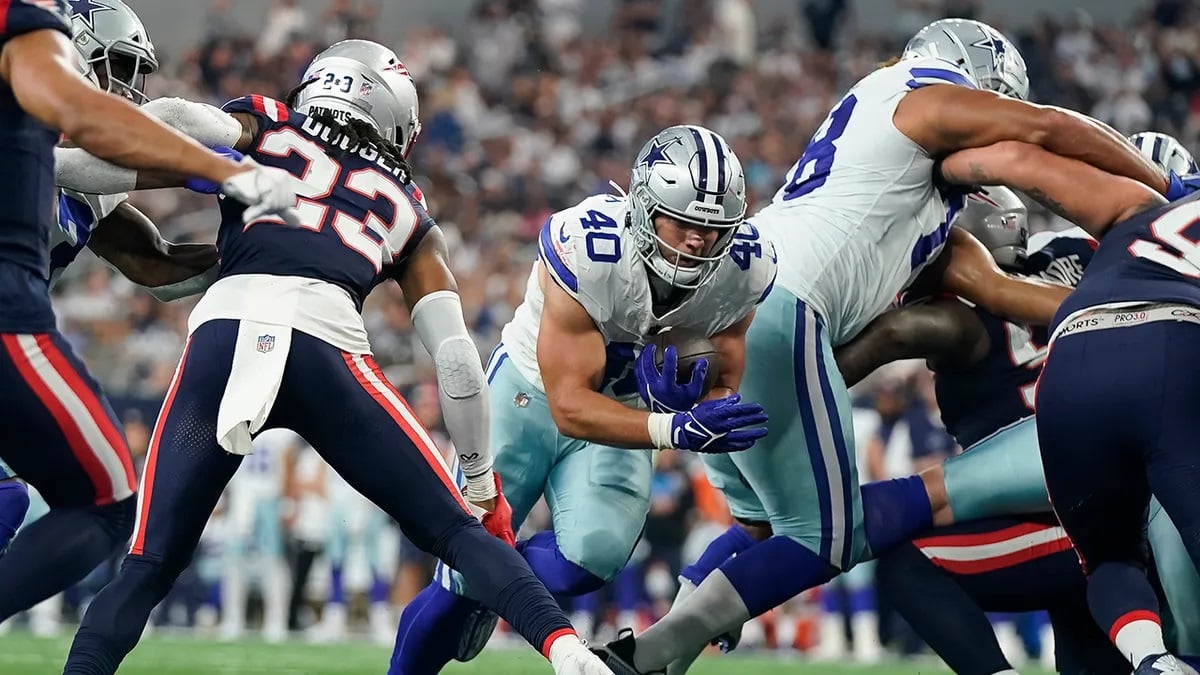


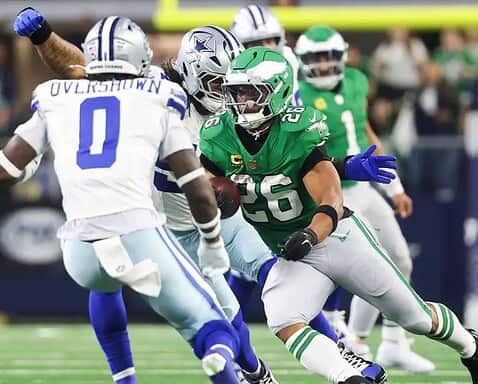
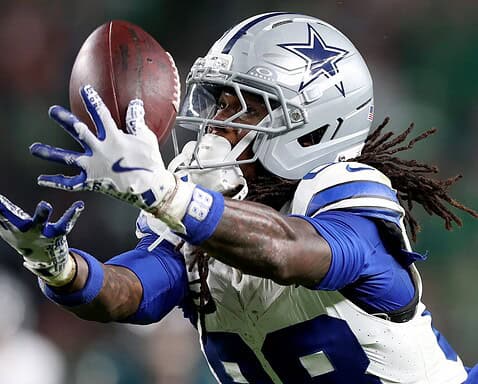

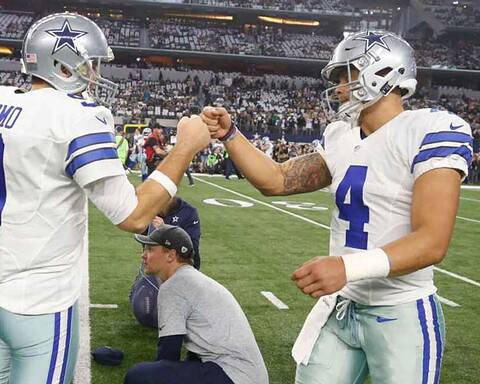
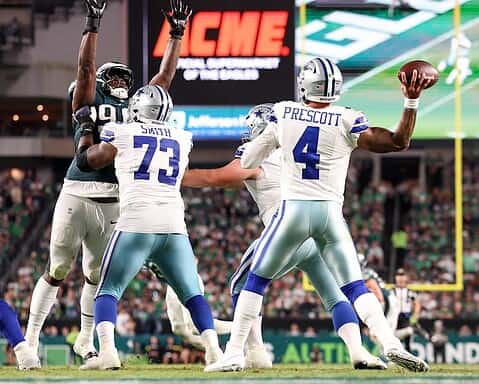
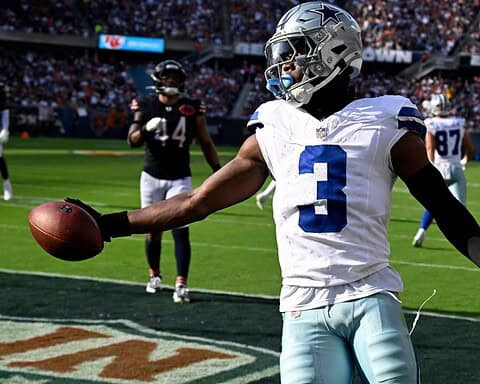

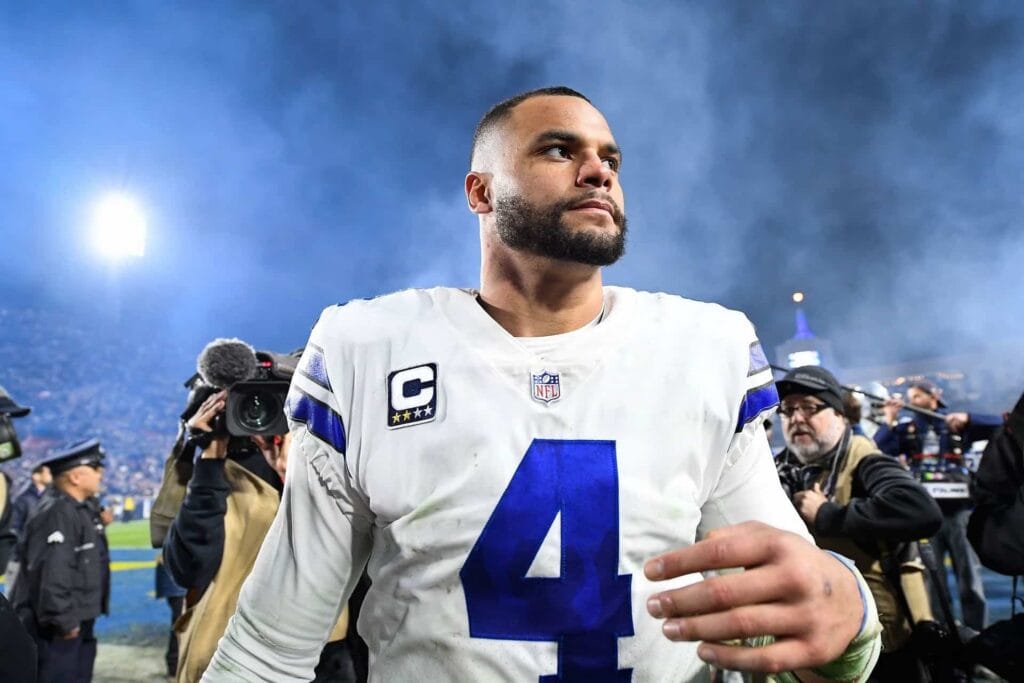
When Don Perkins retired after the 1968 season, he was the 5th ranked RB for career yardage. He was behind these 4 HOF’ers. Jim Brown, Joe Perry, Jim Taylor, and John Henry Johnson. Based on his time in the league, he had more than solid numbers.